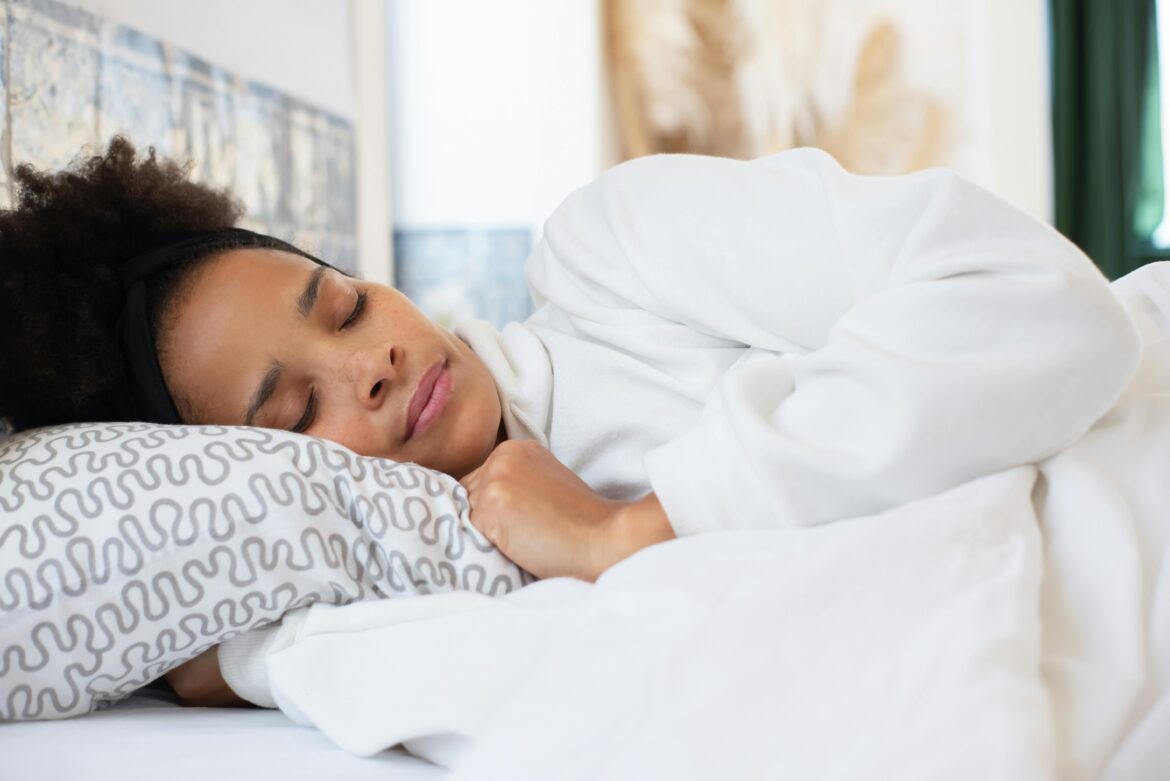Have you ever been peacefully drifting off to sleep, only to be jolted awake by a sudden, involuntary twitch? If so, you’re not alone. This phenomenon, known as hypnic jerking—or sleep starts—affects many and can leave you feeling disoriented and bewildered. But what exactly is happening in your body during these sudden jumps? Let’s dive into the curious world of hypnic jerks.
What Are Hypnic Jerks?
Hypnic jerks are sudden, involuntary muscle contractions that occur as a person is falling asleep. They often manifest as a startling jolt in the legs or arms, leading to a brief period of wakefulness. For some, this experience is distressing enough to be mistaken for a sleep disorder, but in most cases, it is a harmless phenomenon. Some people might find themselves waking up as if they’ve just tripped or fallen, leading to a mix of confusion and irritation.
The Science Behind the Jerk
The science of hypnic jerking is still somewhat murky, but researchers believe these muscle contractions may be linked to the body’s transition from wakefulness to sleep. As we relax and enter the initial stages of sleep, our heart rate slows, and our muscles begin to loosen. During this transition, the brain may misinterpret these bodily changes as a sign of falling, inducing a reflexive muscle contraction to help “catch” the body.
This phenomenon is not just a figment of the imagination; studies show that as many as 70% of people experience hypnic jerks at least occasionally. Factors such as stress, fatigue, and caffeine consumption can exacerbate the frequency and intensity of these jerks. In our fast-paced, high-stress modern world, it’s no wonder that more people are finding themselves experiencing these mid-sleep surprises.

As a person begins to fall asleep, the brain transitions through various stages of sleep, primarily controlled by a shift in the activity of different neural circuits. Hypnic jerks occur during the early phases of this transition, specifically during the hypnagogic state, when the brain starts to produce theta waves associated with light sleep. During this period, the body’s muscles begin to relax, and the heart rate slows down. However, the brain may misinterpret this relaxation and the accompanying sensory messages from the body as a potential fall or loss of balance. In its attempt to safeguard the body, the brain sends signals to the muscles, inducing a sudden contraction, which manifests as a hypnic jerk.
Furthermore, neurotransmitters such as gamma-aminobutyric acid (GABA) play a crucial role in regulating sleep and muscle tension. As GABA levels rise when transitioning to sleep, they inhibit neural activity and create a calming effect. However, if this process happens too abruptly or is disrupted by external factors like stress or fatigue, it can lead to a reactive muscle jerk. This neurological response serves to reinstate awareness and readiness, a vestige of our evolutionary past designed to protect the body from potential dangers during sleep. Consequently, hypnic jerks reflect a complex interplay between neurological processes, muscle relaxation, and the brain’s vigilance, showcasing just how intricate and fascinating human sleep mechanisms can be.
What Triggers Hypnic Jerks?
While the exact cause of hypnic jerks remains uncertain, several factors appear to elevate the likelihood of experiencing them:
- Stress and Anxiety: Elevated stress levels can interfere with your sleep patterns, making hypnic jerks more frequent. When your mind is racing or you’re worried about the day ahead, your body may tense up, contributing to those sudden wakes.
- Caffeine and Stimulants: Consuming caffeine or other stimulants close to bedtime can disrupt your sleep cycle and increase the chance of hypnic jerking.
- Sleep Deprivation: Lack of sleep can lead to a range of disturbances, including hypnic jerks. When your body is overtired, it may react more dramatically as you try to fall asleep.
- Exercise: Strenuous physical activity, especially if done in the hours leading up to bedtime, may make your body twitchier as you relax into sleep.
- Sleep Disorders: Conditions like sleep apnea or restless leg syndrome can also contribute to the frequency of hypnic jerks, complicating the sleep experience further.
How to Reduce Hypnic Jerks
If you find hypnic jerks to be bothersome, there are several strategies you can adopt to potentially reduce their occurrence:
Establish a Bedtime Routine: Creating a consistent sleep schedule can help your body and mind wind down, making the transition to sleep smoother.
Limit Caffeine Intake: Try to avoid caffeinated drinks in the hours leading up to bedtime to decrease stimulation.
Manage Stress Incorporate relaxation techniques—such as deep breathing, meditation, or gentle yoga—into your nightly routine to quiet an active mind.
Create a Comfortable Sleep Environment: Ensure your sleeping area is conducive to rest with comfortable bedding, a cool room temperature, and minimal noise and light.
Practice Good Sleep Hygiene: Maintain a consistent sleep schedule, avoid late-night screen time, and limit daytime napping to enhance the quality of your sleep.
When to Seek Help
While hypnic jerks are typically harmless and can be managed with some lifestyle changes, it’s essential to consult a healthcare professional if these jerks become frequent, disrupt your sleep significantly, or are accompanied by other troubling symptoms like sleep apnea or persistent insomnia. Understanding the underlying cause is crucial in addressing any potential issues affecting your sleep and overall health.
Hypnic jerks may seem bizarre, but they are a common occurrence for many people as they navigate the delicate transition from wakefulness to sleep. By understanding these muscle twitches and adopting strategies to mitigate their impact, you can reclaim those precious moments of slumber. So, the next time you’re jolted awake, remember: it’s just your body reminding you to relax and drift back into the peaceful world of dreams.
Words of wisdom from Masvingo
Hypnic jerks, while often alarming and disruptive, serve as a reminder of the intricate balance between our conscious and subconscious states. As we navigate the complexities of modern life—filled with stressors and distractions—these sudden jolts are a natural response of the body, indicating the brain’s attempt to protect and monitor our well-being during sleep. Instead of viewing hypnic jerking as a nuisance, consider it an opportunity for mindfulness and self-awareness. Embrace the importance of establishing healthy sleep habits and managing stress; doing so can foster a more restful slumber and diminish the frequency of these jerks. Remember, sleep is not merely a passive state but a vital process for rejuvenation and creativity. By honoring our sleep needs and understanding these body’s signals, we can cultivate healthier nighttime routines that enhance our overall quality of life.


